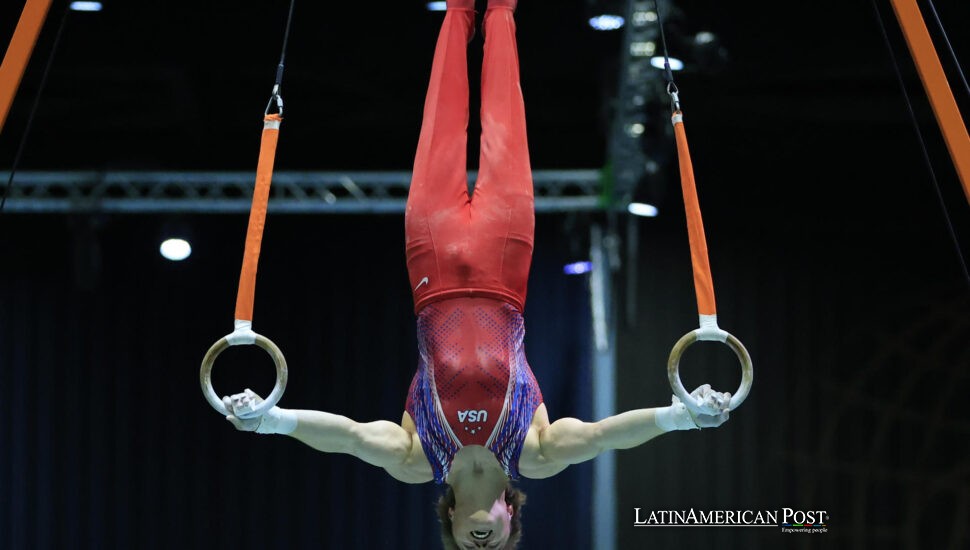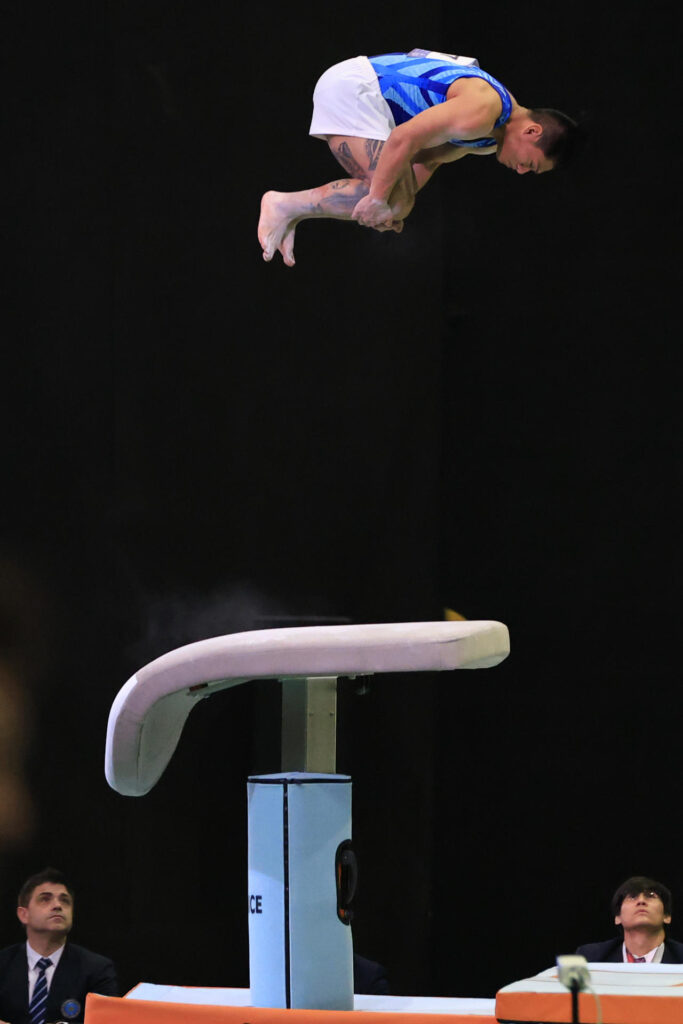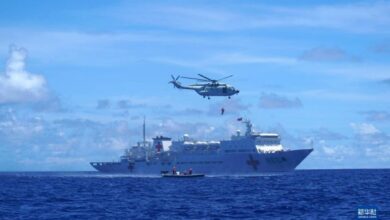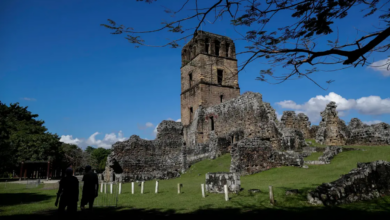Panama Lights the Path for Latin Gymnasts Chasing Olympic Glory

One year from the expanded 2026 World Cup, South America’s qualifying table already looks like a politely written guest list, while the absence of automatic entrants in CONCACAF has turned Mexico and Central America into a furious stage where every match crackles with genuine jeopardy.
Setting the Stage at the Isthmus
Long before dawn on Thursday, technicians inside Panama City’s Roberto Durán Arena aimed banks of LED lights at the brand-new apparatus, adjusting beams until the top bar on the uneven set shimmered like a silver skyline. Outside, banners in Spanish, English, and Portuguese fluttered against rising heat, announcing the continent’s first full-dress Olympic qualifier of the new cycle. The Pan American Artistic Gymnastics Championships—the sport’s equivalent of a season-opening grand slam—return here after fifteen years, bringing 178 athletes from twenty-four nations and a rare moment of global spotlight for a country better known for canals than cartwheels.
Behind the scenes, federation president Carlos Herrera paced between loading docks and interview risers. He remembers 2009 when Panama’s last continental event borrowed aging mats from local clubs and spectators perched on wooden bleachers. “That meet proved we had desire,” he tells EFE, wiping sweat from his brow. “This time, we have the equipment, the technology, the volunteers—everything but the medals. Those, the gymnasts must earn.” Government officials see a broader prize: if Panama can host without a hitch, it strengthens future bids for FIG World Challenge Cups and cements the Isthmus as a training hub for Caribbean and Central American federations hungry for world-class facilities.
Stars Return, Futures Debut
On Wednesday’s podium training, applause rippled through the half-empty arena as Panama’s own Hillary Heron sprinted toward the vault, arms slicing humidity, and launched a soaring front-handspring front half—clean, centered, and louder than any pep talk. Heron’s 2024 World Cup routine—in Paris, no less—earned her the nickname La Pantera; local broadcasters now market the meet with cat-eye emojis. She leads a six-woman squad that includes 16-year-old Nabie Pinnock, whose beam set still wobbles at the full turn but flashes the kind of originality judges crave.
Glittering just across the starting list is Hezly Rivera, the U.S. dynamo who turned 16 with an Olympic team gold already hanging in her closet. Rivera laughs easily with teammates in warm-up jackets bedazzled with tiny palm trees stitched by a Florida fan club, yet the switch flips when chalk meets skin. Alongside her stand Jayla Hang, breaker of physics on vault; Gabrielle Hardie, a floor choreographer in the making; Dulcy Caylor and Tiana Sumanasekera, whose beam precision drew gasps at last month’s internal camp. “We’re testing upgrades we hope to need in 2027,” U.S. coach Cecile Landi tells EFE. Translation: the Americans arrive not merely to win but to stress-test big-ticket skills under real-time pressure.
Men’s storylines offer equal drama. Colombia’s Ángel Barajas, the first of his nation ever to clutch an Olympic gymnastics medal—bronze on a high bar in Paris—steps back onto the international stage after shoulder reconstruction so extensive surgeons compared it to “re-laying a suspension bridge.” Across warm-up mats, U.S. powerhouse Asher Hong rattles through ring-strength parts that look lifted from Marvel storyboards. Brazil counters with Diogo Soares and a freshly unretired Vitaly Guimarães, their routines stuffed with upgrades scavenged during a spring European tour. “No Andrade, no problem,” Brazilian women’s coach Ricardo Pereira cracks, referencing superstar Rebeca Andrade’s post-Olympic rest. Depth, he insists, is Brazil’s new currency.

A Host’s High-Wire Ambition
Pulling off an event of this scale in a tropical capital is a logistical high bar. Shipping containers of Spieth equipment cleared customs mere days before podium training; humidity sensors ping technicians every hour to fine-tune arena climate. New video-review towers—installed to prevent scoring protests from devolving into floor-side chaos—blink like tiny lighthouses above judges’ tables. In the corridors, volunteers clad in sky-blue polos funnel athletes toward mixed-zone microphones that smell faintly of chalk dust and coconut sunscreen.
Beyond the glow of floor lights is the host delegation’s quieter fight for relevance. Panama has never qualified a full gymnastics team to the Games, sending only occasional individual specialists since the 1980s. Heron’s World Cup exploits convinced ministry officials that a home championship could ignite wider interest—perhaps even unlock sponsorship deals from the banking sector that touts the canal as a symbol of engineering audacity. “We tell kids: if ships can cross continents here, so can your dreams,” Herrera says, unabashedly sentimental yet shrewd. He knows television images of full bleachers and fluttering Panamanian flags might yield the funding needed for a national training center long stuck in permitting limbo.
From The Isthmus to the City Of Angels
Beyond podium ceremonies lies a spreadsheet of ranking points crucial to who will step onto the Los Angeles 2028 floor. The FIG’s revamped code rewards artistry on women’s floor and flight diversity on men’s parallel bars, nudging programs that once prized brute difficulty toward expressive risk. Jayla Hang’s planned double-twisting double tuck carries the highest D-score yet attempted by an American junior; land it here, and she stamps herself as a future viral highlight. Brazil’s Luiza Abel, fresh off ankle surgery, attempts a daring full-twist Maloney to Ginger connection on bars—either a golden ticket or an ice-bath appointment.
These continental meets also serve as recruitment fairs. Scouts from U.S. universities with NCAA scholarships linger by chalk buckets, gauging how 15-year-old Salvadoran newcomer Ana Barillas handles spotlight glare. Meanwhile, European club agents track men like Venezuela’s José Luis Fuentes, whose ring strength could anchor a Bundesliga team chasing league bonuses.
For athletes, though, the calculus is simpler. Ángel Barajas shrugs off medal chatter. “Paris was proof the door opens when you believe you belong,” he tells EFE, flexing wrists wrapped in fresh tape. “This meet is checkpoint one—clean sets, no pain, confidence.” Nearby, Heron giggles with Pinnock over a TikTok dance, but her eyes keep drifting toward the vault runway as if measuring wind that doesn’t exist indoors. She knows one stuck landing can rewrite a nation’s relation to gymnastics.
Panamanians accustomed to baseball heroes and boxing lore will hear new words this week—Shaposhnikova, Yurchenko, Kolman—and may see their flag raised beside giants of the hemisphere. Should that happen, the ovation will echo through the canal locks and down Avenida Balboa, proof that gymnastics, like the ships churning through Gatún, can transform a narrow lane into a passageway to the world.
Also Read: Why Central America Football Qualifiers Outshine South American Routine
Whatever medals glitter on the final night, a marker is set: the road to Los Angeles begins with chalk swirling in tropical air, and tiny Panama has stepped onto the mat not as a waypoint but as a contender.





